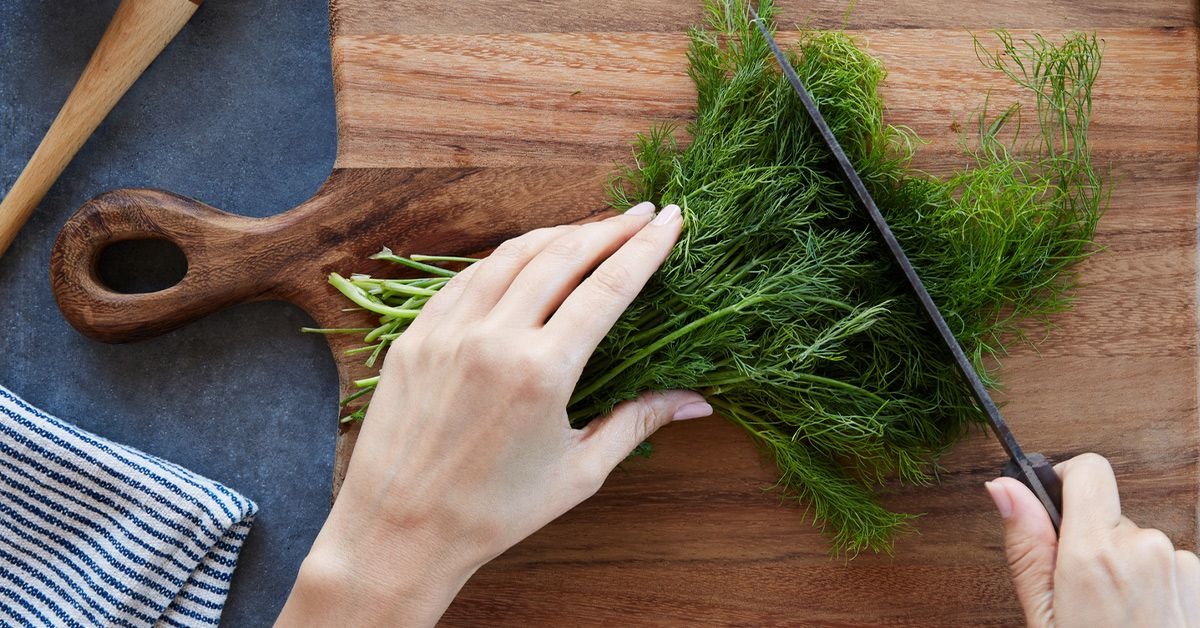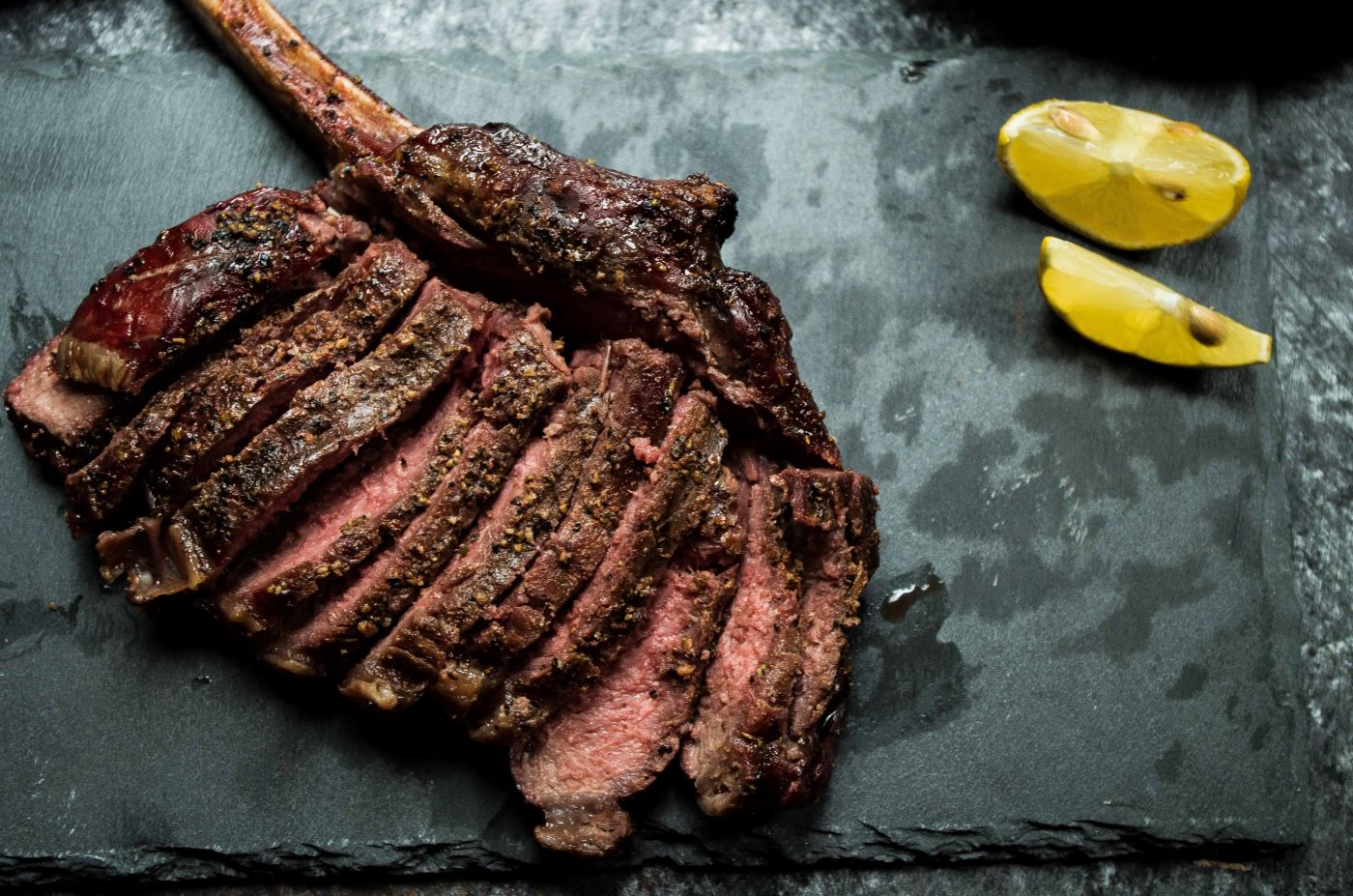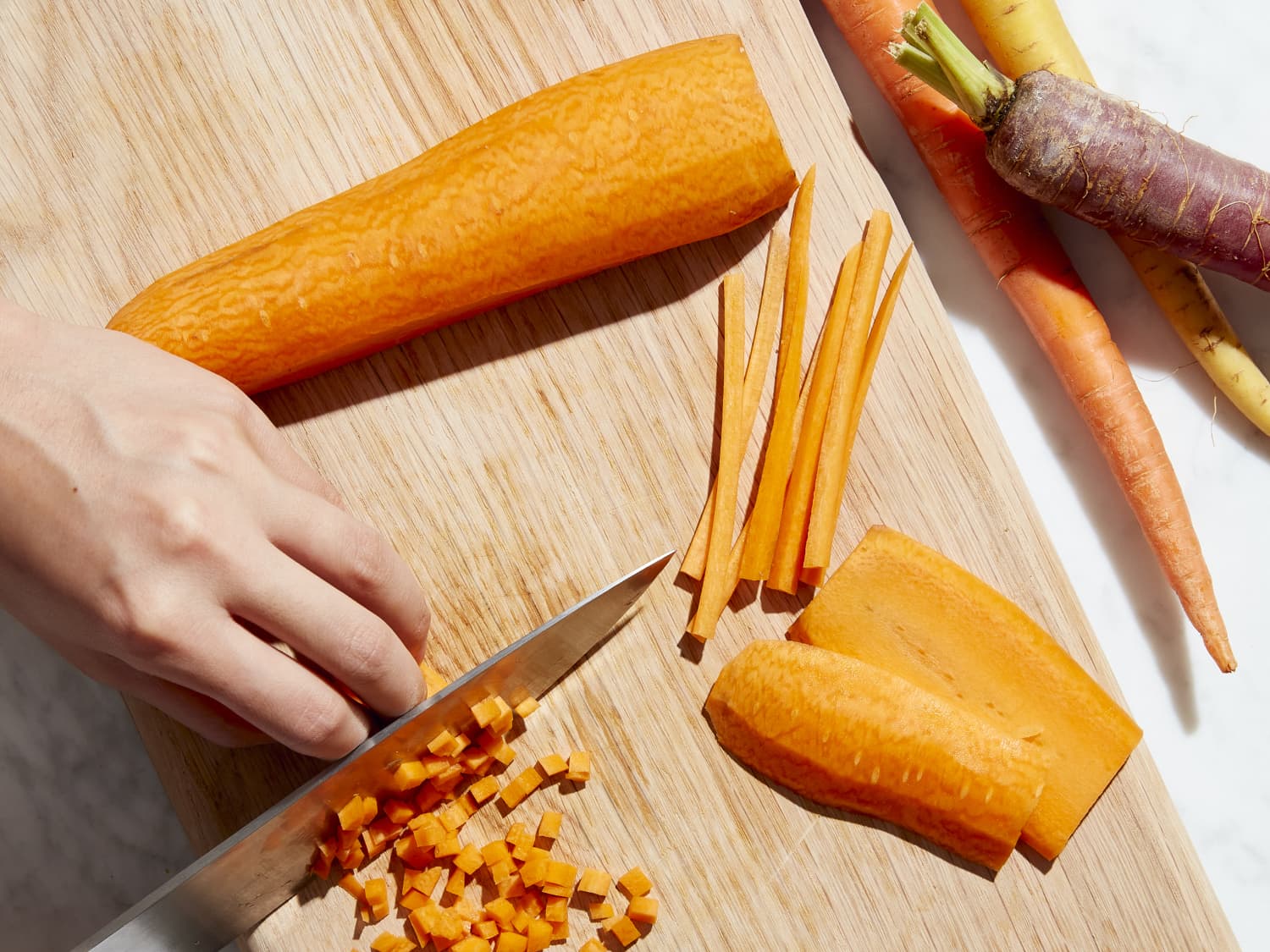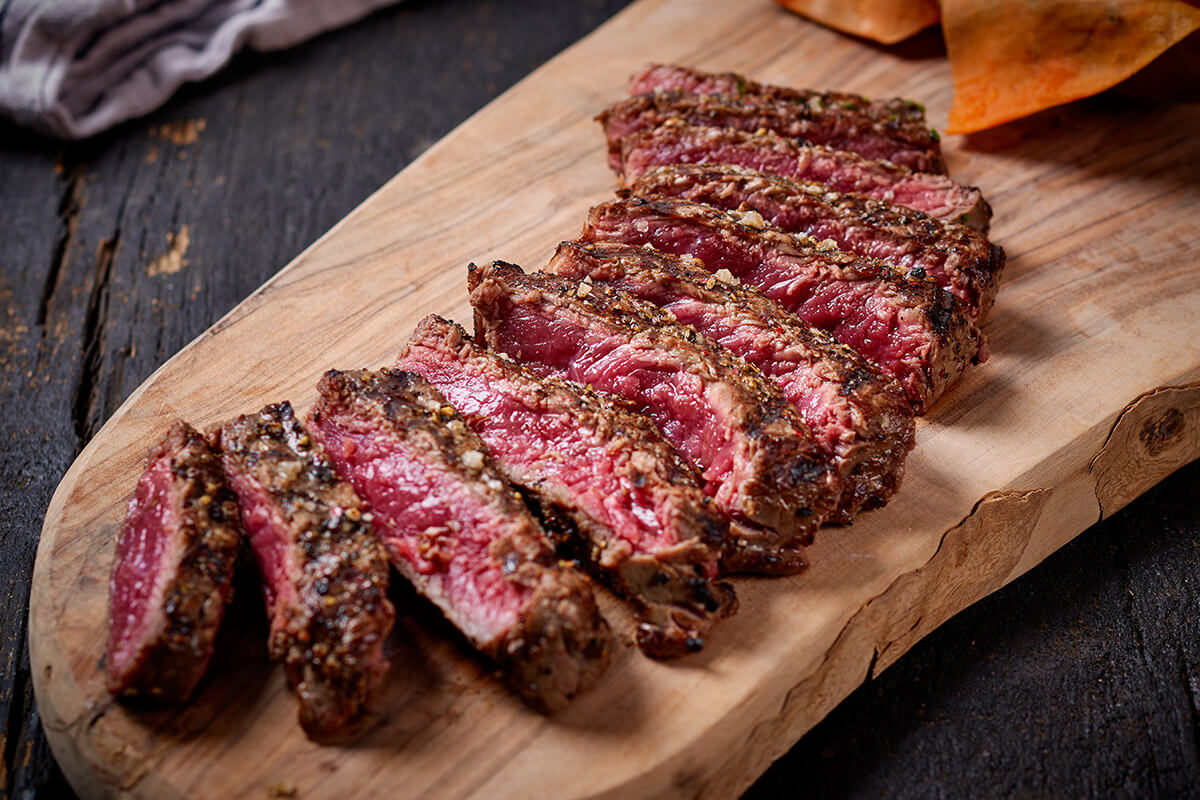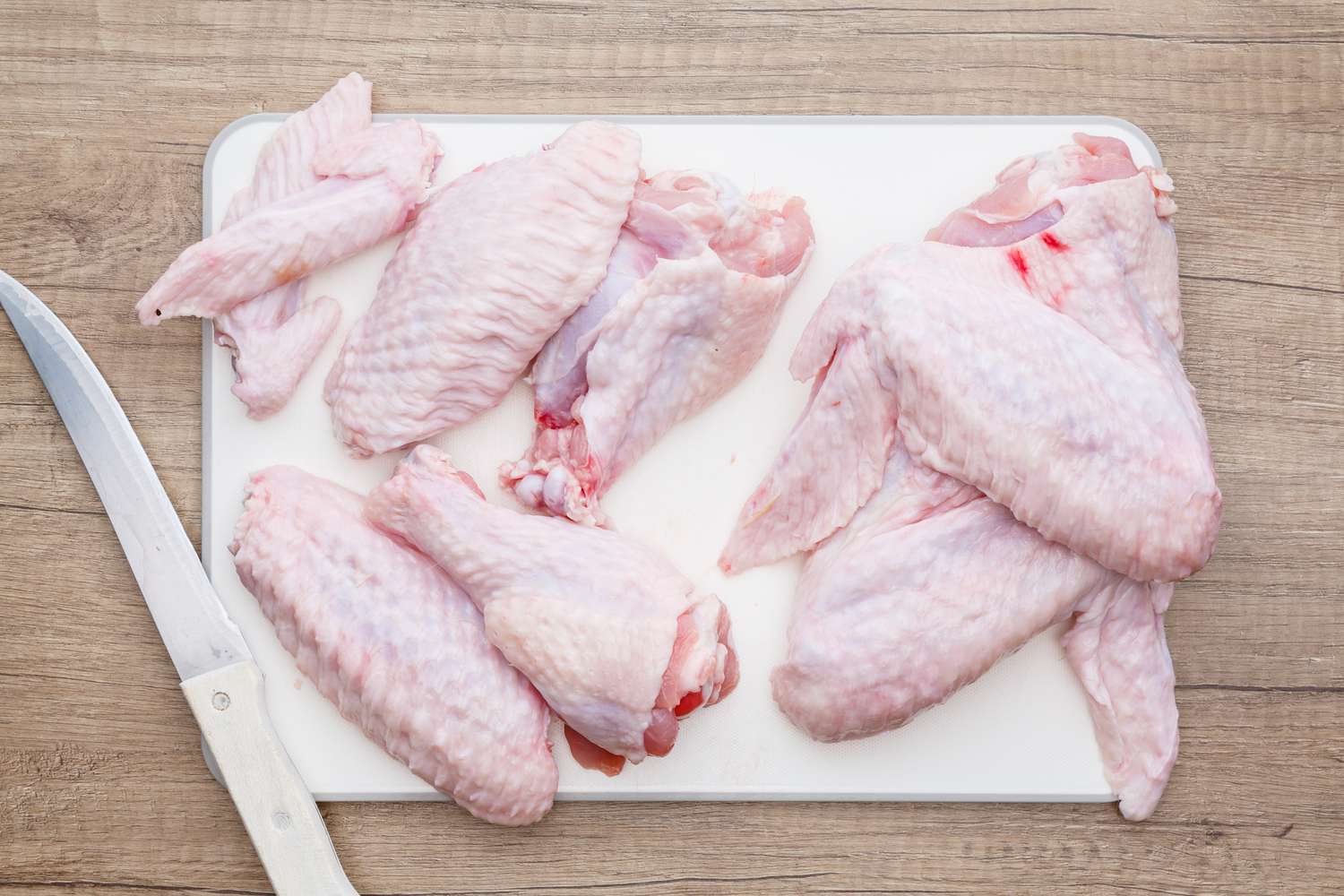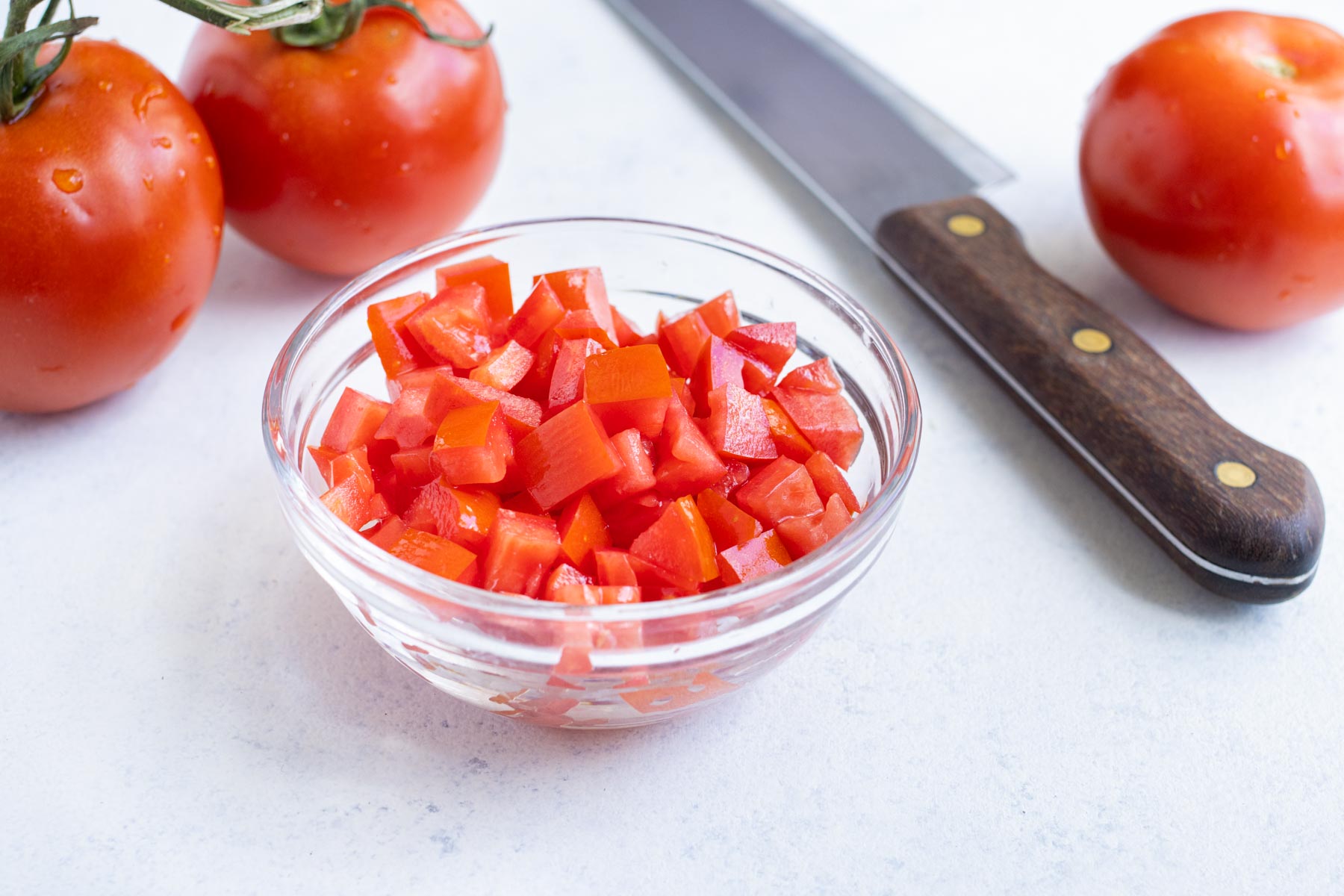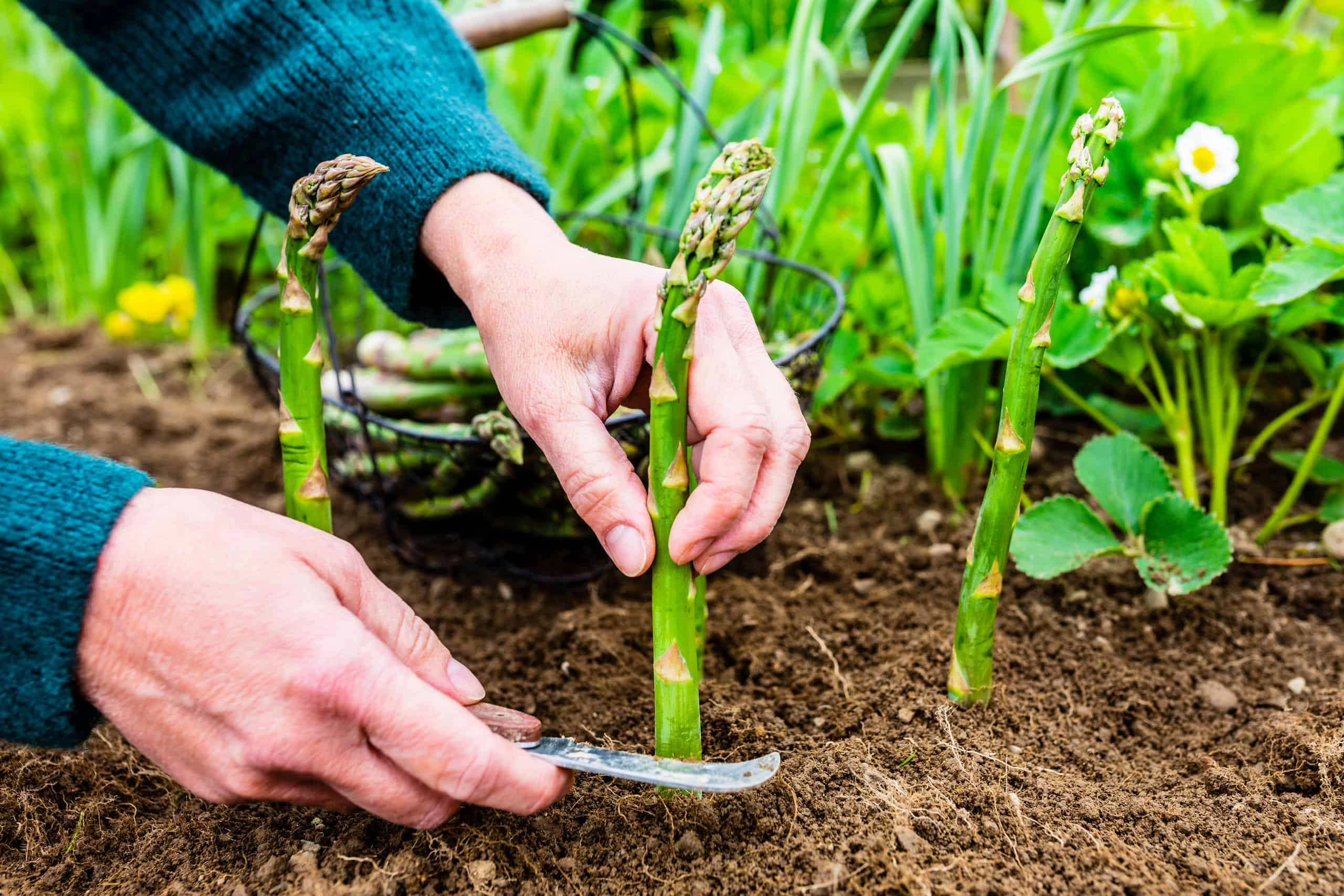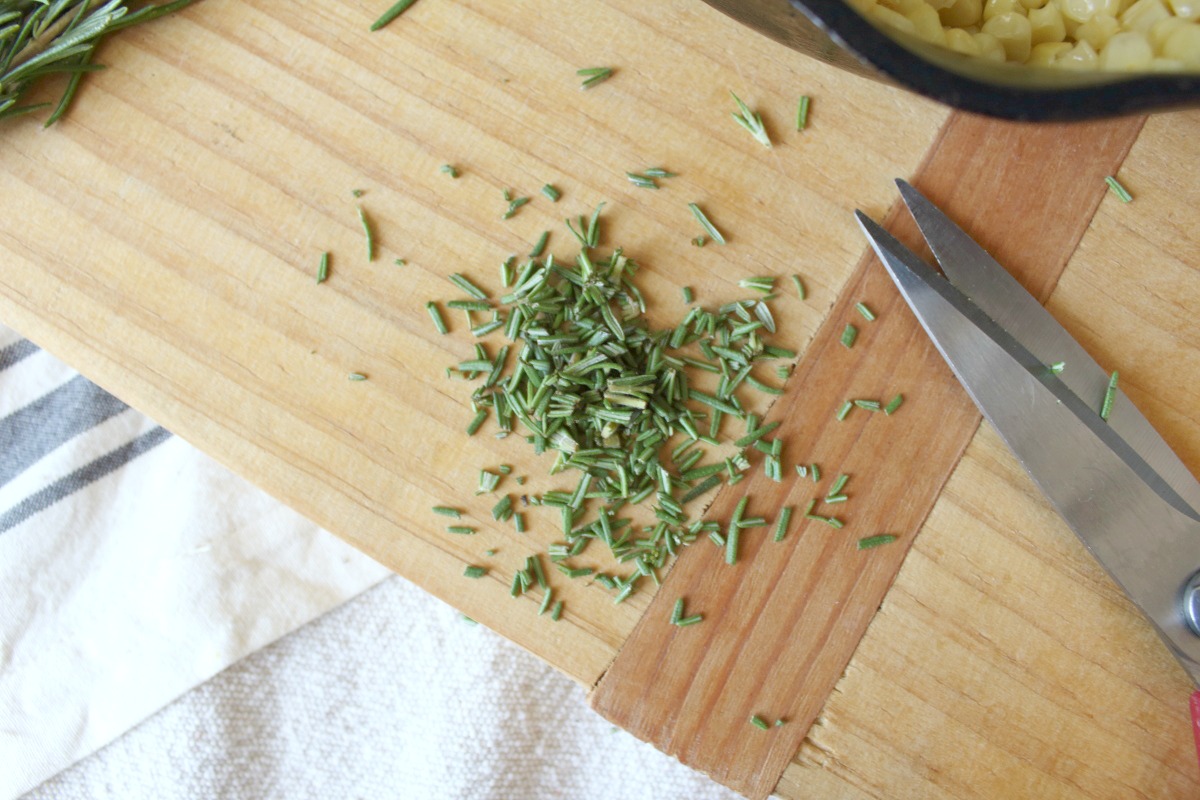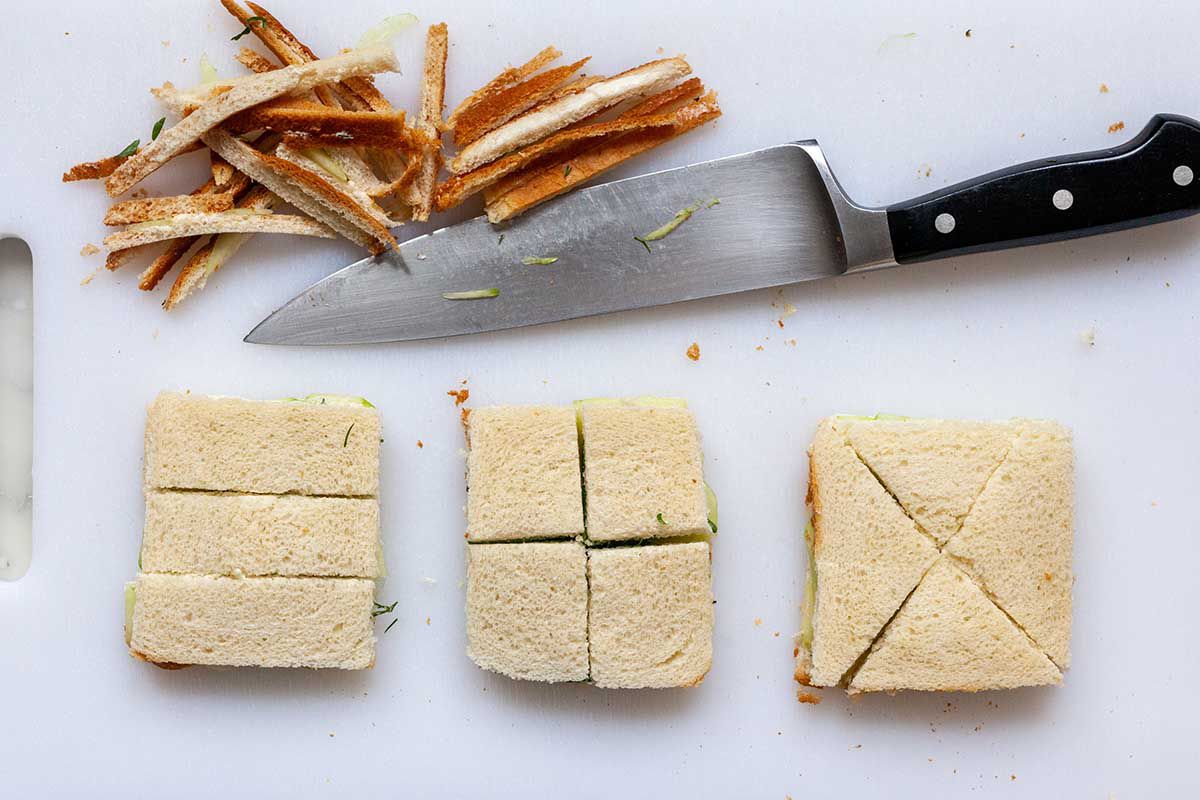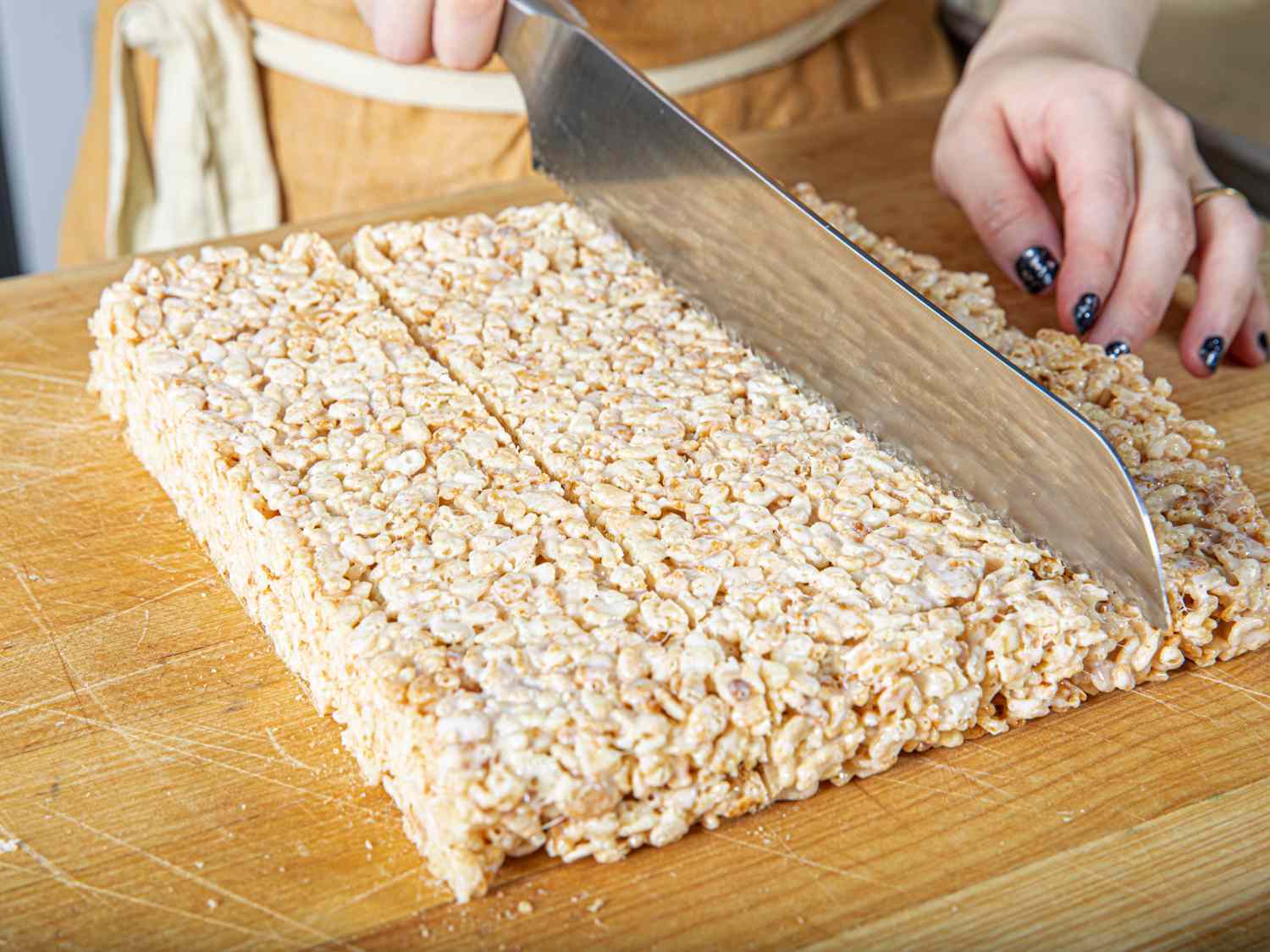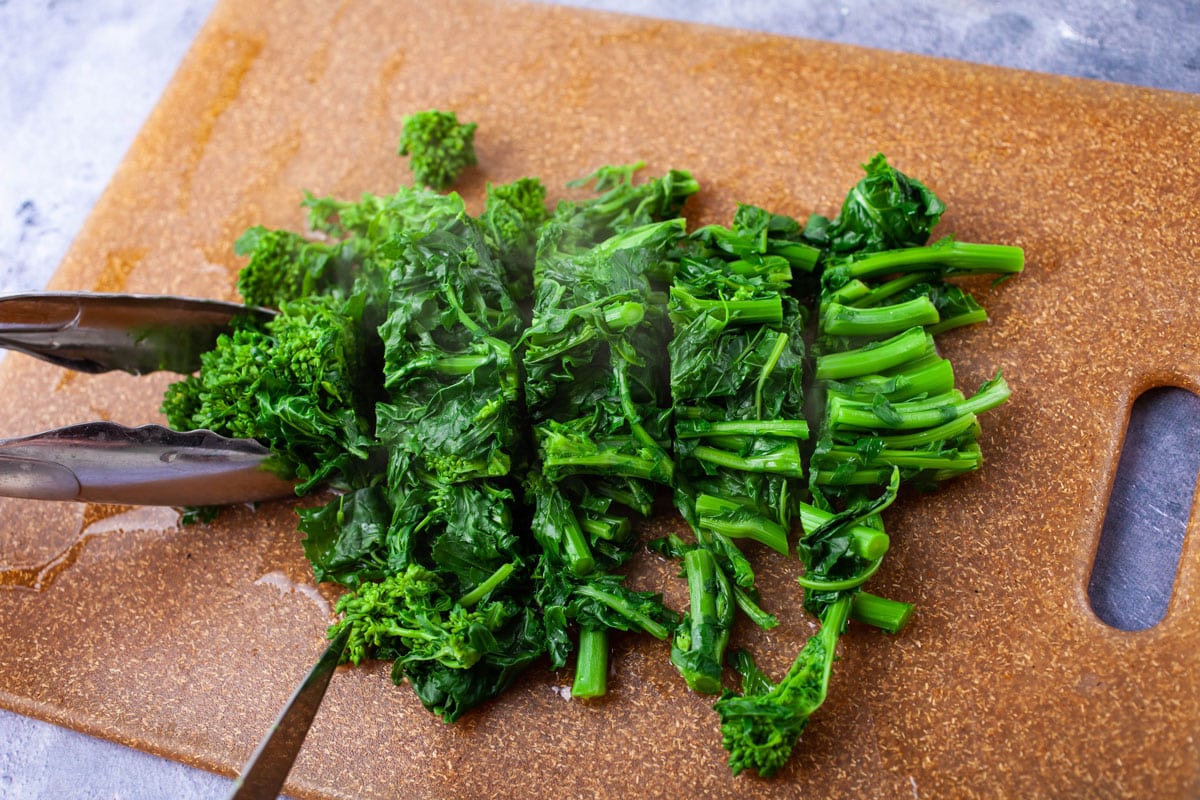How to Cut St. Louis Style Ribs: A Step-by-Step Guide
St. Louis Style Ribs are a beloved barbecue favorite, known for their tender and flavorful meat. But if you’ve ever wondered how to properly cut these succulent ribs, you’re in the right place! With this step-by-step guide, you’ll be able to expertly trim and prepare your St. Louis Style Ribs like a seasoned pitmaster.
Step 1: Gather Your Tools
Before diving into the cutting process, make sure you have the necessary tools at hand:
- Sharp chef’s knife
- Cutting board
- Paper towels
Step 2: Remove the Membrane
The first step in preparing St. Louis Style Ribs is removing the tough membrane that covers the bone side of the rack. This membrane can become chewy when cooked, so it’s best to remove it for a more enjoyable eating experience.
To remove the membrane, start by loosening it with a butter knife or your fingers. Once loosened, grab hold of the membrane with a paper towel for a better grip and peel it off the rack in one swift motion. This may take a bit of practice, but the effort is worth it.
Step 3: Trim the Excess Fat
Next, take a close look at your rack of St. Louis Style Ribs and trim any excess fat. While a bit of fat is desirable for flavor, excessive fat can lead to a greasy result. Use your sharp chef’s knife to carefully trim away any large chunks of fat, leaving a thin layer for taste and moisture.
Step 4: Find the Natural Separation
Now, it’s time to separate the rack into individual ribs. Flip the ribs over to the bone side and locate the natural separations between the bones. You’ll notice white lines that indicate the spaces between each rib. Use these lines as a guide for your cuts.
Step 5: Cut Between the Ribs
Starting from one end of the rack, position your knife between the first two ribs and cut through the meat and cartilage. Repeat this process, cutting between each rib, until you have separate, bone-in ribs.
Step 6: Serve and Enjoy!
With your St. Louis Style Ribs expertly cut and prepared, it’s time to fire up the grill or smoker and cook them to perfection. Whether you prefer a dry rub or a smoky barbecue sauce, these mouthwatering ribs are sure to be a crowd-pleaser.
Remember to let the ribs rest for a few minutes after cooking to allow the juices to redistribute and the meat to become even more tender. Serve them up with your favorite side dishes, invite your friends and family, and get ready to enjoy a delicious barbecue feast!
Now that you know the secrets to cutting St. Louis Style Ribs, you can confidently take on this barbecue classic and impress everyone with your culinary skills. Happy cooking!
For those eager to master the art of crafting St. Louis Style Ribs, the recipes within this guide provide an excellent variety to hone your skills. Start with the Classic BBQ St. Louis Style Ribs for a traditional approach, perfect for learning the basics. If you're looking to experiment with different flavors, the Memphis Dry Rub St. Louis Style Ribs offers a savory, spice-forward profile that's sure to impress. For a bit of heat and a unique twist, try the Smoky Chipotle St. Louis Style Ribs. Each recipe will help you practice and perfect your rib-cutting techniques while delivering mouth-watering results.
Was this page helpful?
Read Next: How To Cut Serrano Peppers
